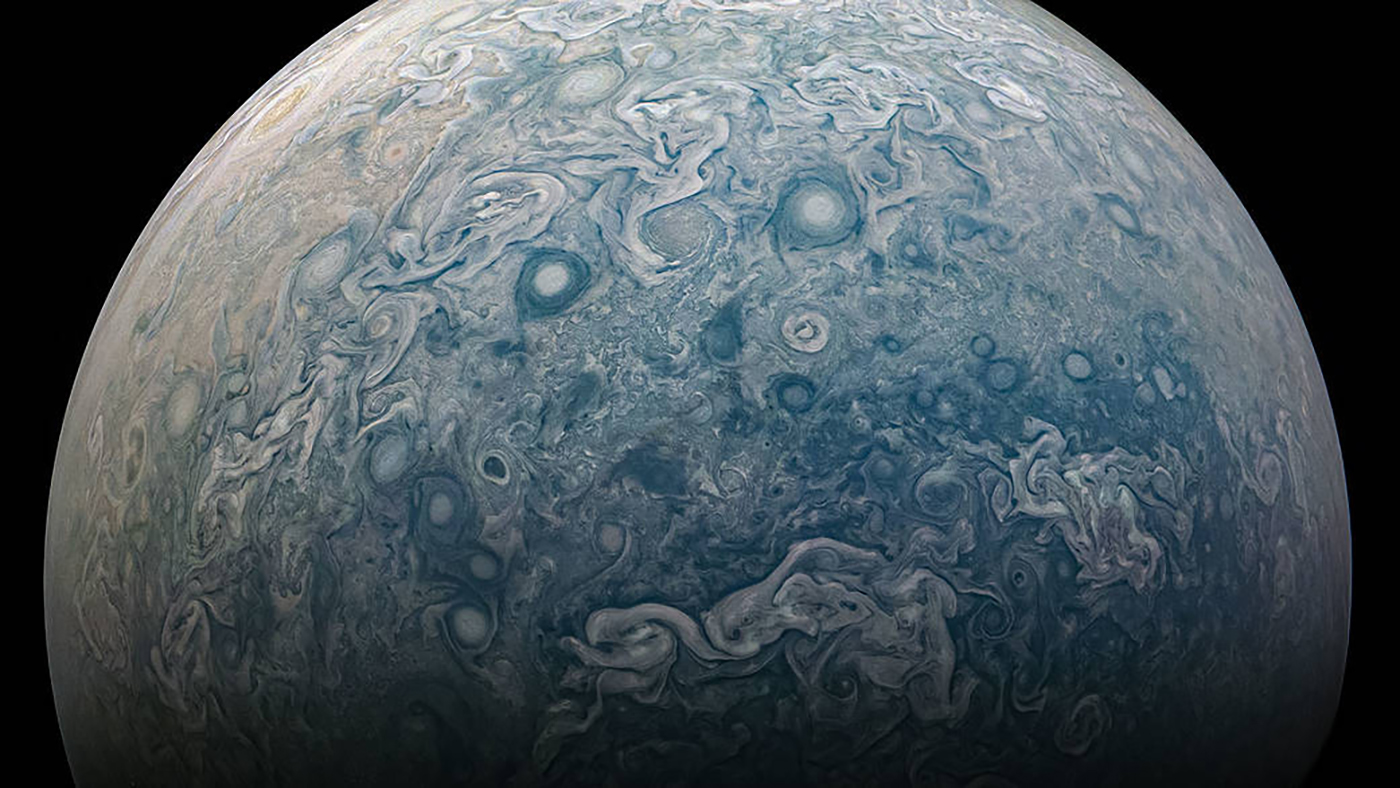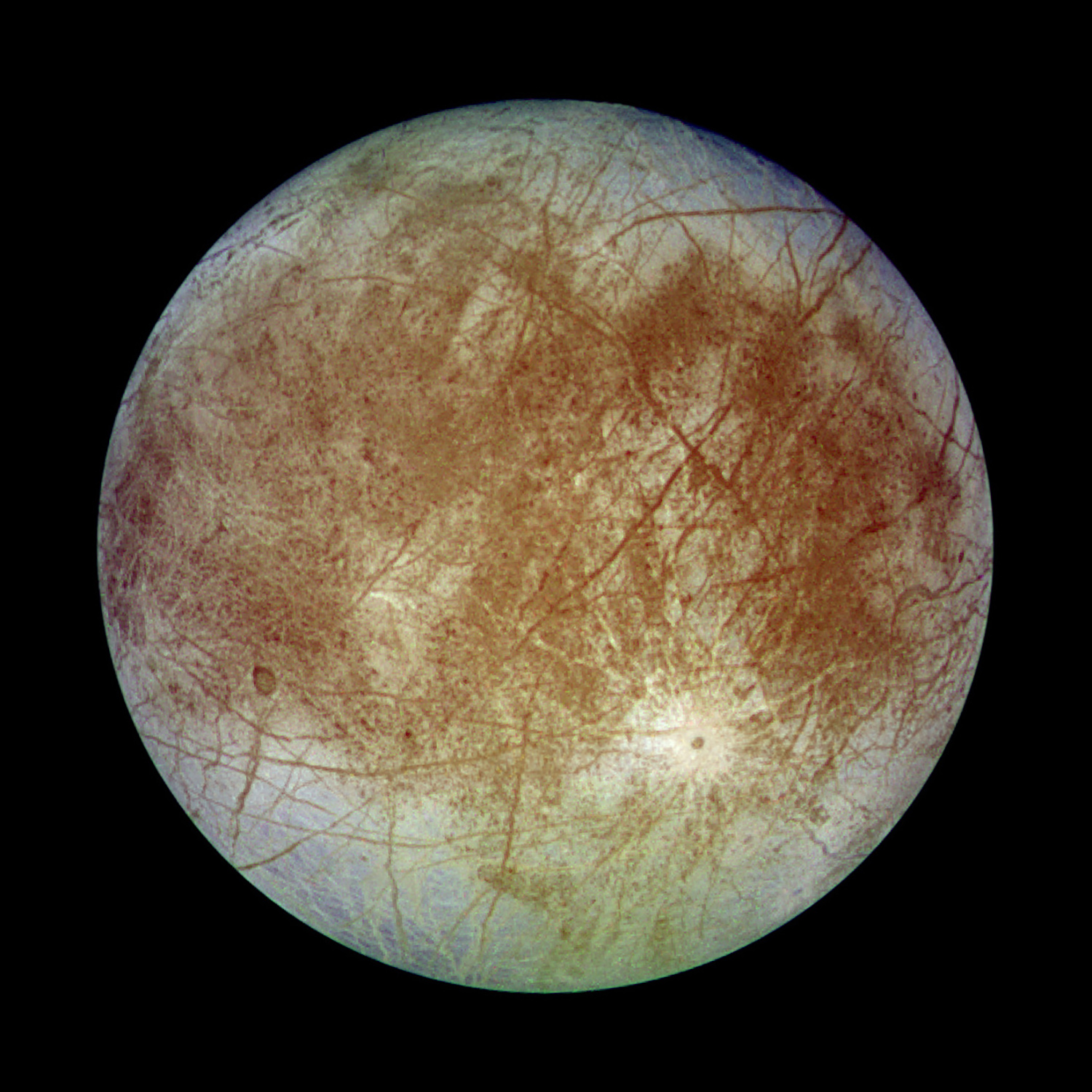
Credit: NASA/ESA/A. Simon(GSFC)/M.H. Wong(UCB)

Credit: NASA/JPL-Caltech/SwRI/MSSS/Björn Jónsson

Credit: NASA/JPL-Caltech/SwRI/MSSS/Kevin M. Gill

Credit: NASA/JPL-Caltech/SwRI/MSSS/Kevin M. Gill

Credit: NASA/JPL-Caltech/SwRI/MSSS/Kevin M. Gill




